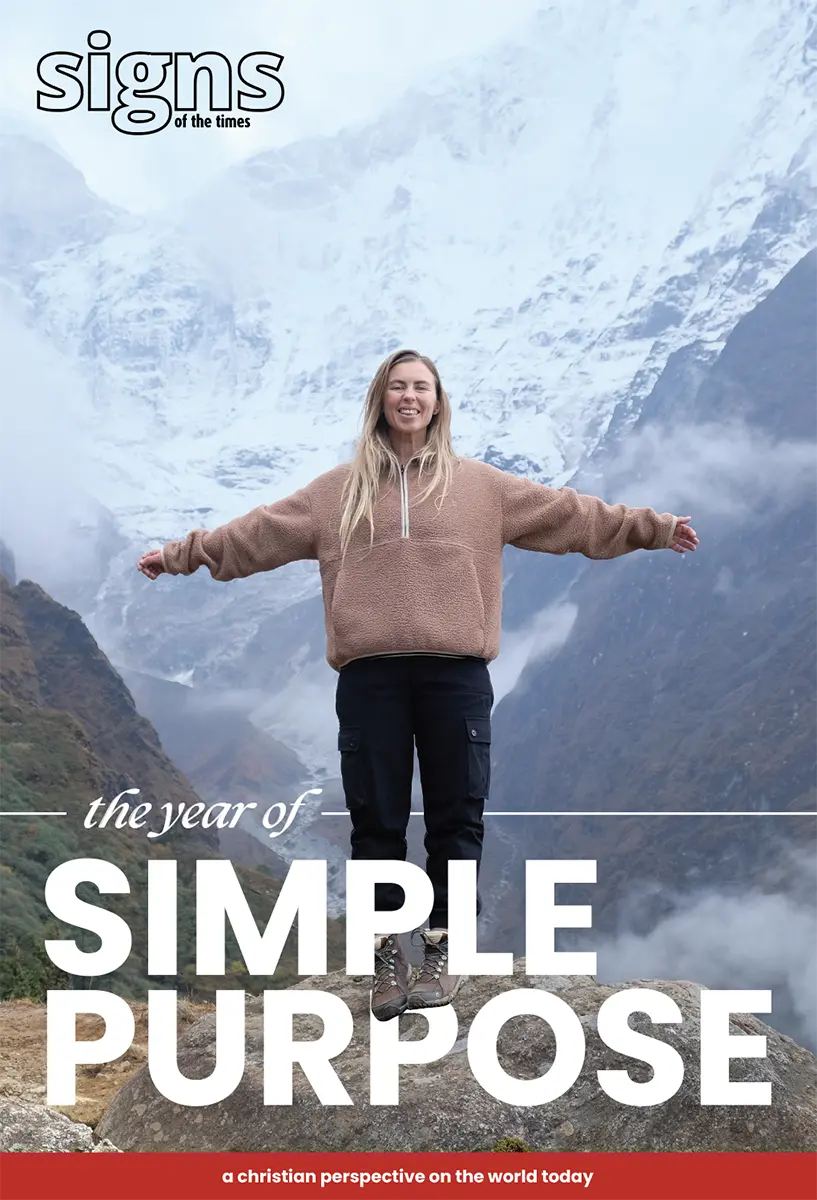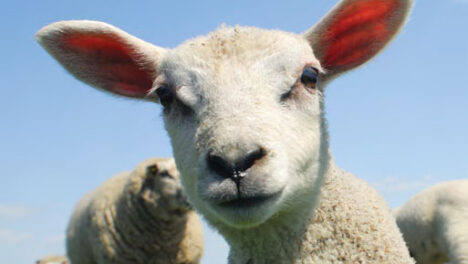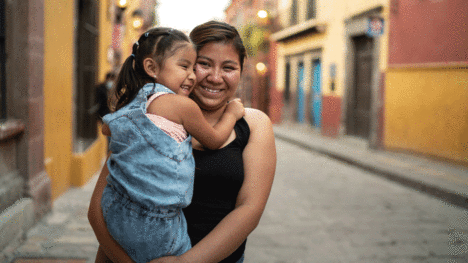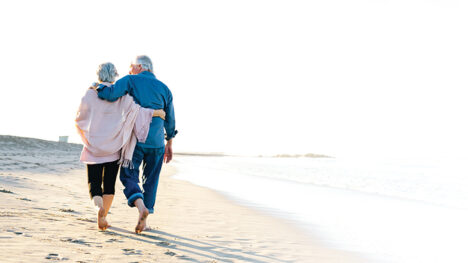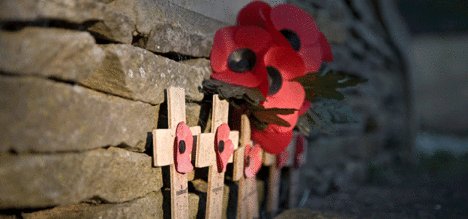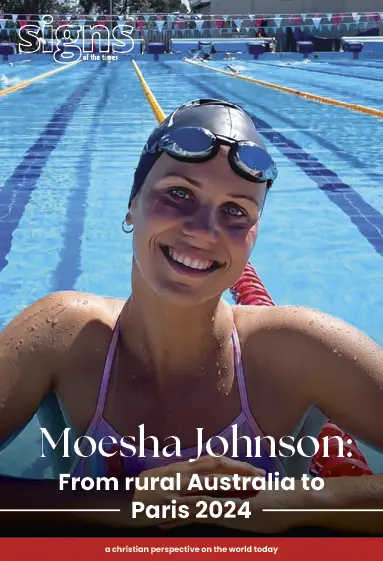Curving it up
January 29, 2020

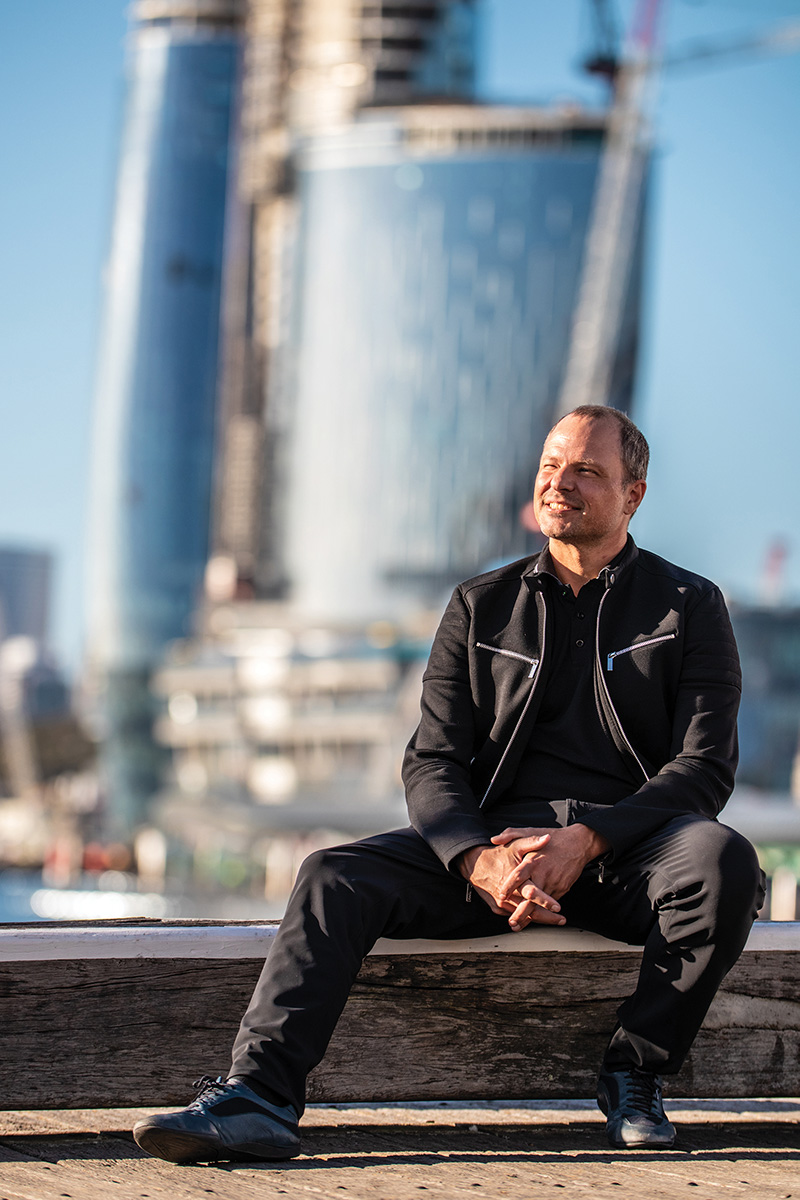
Chris Bosse has one of the sharpest eyes for detail of anyone I’ve ever met. As co-founder of LAVA, an architectural studio with offices in Sydney, Saigon, Stuttgart and Berlin, Bosse’s work extends far and wide. His back catalogue of organic-shaped buildings and other structures betrays his preference for the curved, rather than the straight line. In 2008, he designed Green Void, an otherworldly art installation erected inside Sydney’s Customs House—green lightweight fabric connecting the walls of the building and filling the atrium with suction-cup ends and hollow tubes.
His work has attracted the attention of some high-value clients. Commissioned to design an ambitious high-tech tower for Michael Schumacher in Dubai, Bosse recalls his meetings with the seven-time Formula One world champion. “When you walk with Michael Schumacher through a hotel lobby resort, time stands still because everybody recognises him,” he says. “The most famous architects in the world, they wouldn’t be recognised on the street. Generally architecture is only in the media when something goes wrong. Like if that tower catches fire . . . otherwise it’s of no interest.”

People often marvel at buildings, but neglect to consider where the idea originated. This unique position of humility allows Bosse to channel his unrestrained wonder with nature into his designs. Born to a Protestant family in Stuttgart, Germany, Bosse credits his early interest in architecture to the neighbourhood Institute of Lightweight Structures at the University of Stuttgart; an unconventional tent-like building. But it’s not the Institute that influences his current designs, but rather nature and its origin.

“All architects refer to nature in some way or another. And if you think about what nature is and where it comes from, everybody has to find their own answer to this question. Is it just the attraction of positive and negative molecules? Is it science, is it physics; is it a superpower? Then you read the first chapter of the Bible where it says that God created the earth, the sea and the heaven and all living creatures, and the trees, and everything,” he says. “In that sense, Creation has to do with nature and the Garden of Eden. . . . Coming from there is the creation of architecture, so 99 per cent of architects at some point in time refer to nature and to the creation of nature. Complexities in nature. Beauty in nature.”
What’s striking about Bosse is how he notices the minutiae around him, and how that affects his work. Even as we sit in Sydney’s Darling Harbour precinct, he spots the beauty around him. “You look at these amazing water ripples and how the water is moving in and out, and the boat rides through the water and leaves a trail behind,” he ponders, pointing to the harbour in front of us. “There’s an amazing complexity and beauty in something as elemental as water.”
On the table in front of us, a small water droplet sits peacefully on the table. This catches Bosse’s fascinated eye as he connects his finger and begins a dance with the droplet. It was a similar encounter that inspired Bosse’s team design while working at PTW architects for the City Garden Project in Ho Chi Minh City, Vietnam—two cylindrical residential towers connected in the middle by an undulating curve. He likens the idea to seeing two water droplets connect on a car window. “A single water drop is in perfect tension; the second one is in perfect tension,” he says. “But when they meet, all of a sudden there’s a point where, within a fraction of a second, they merge into one. That moment is captured.”
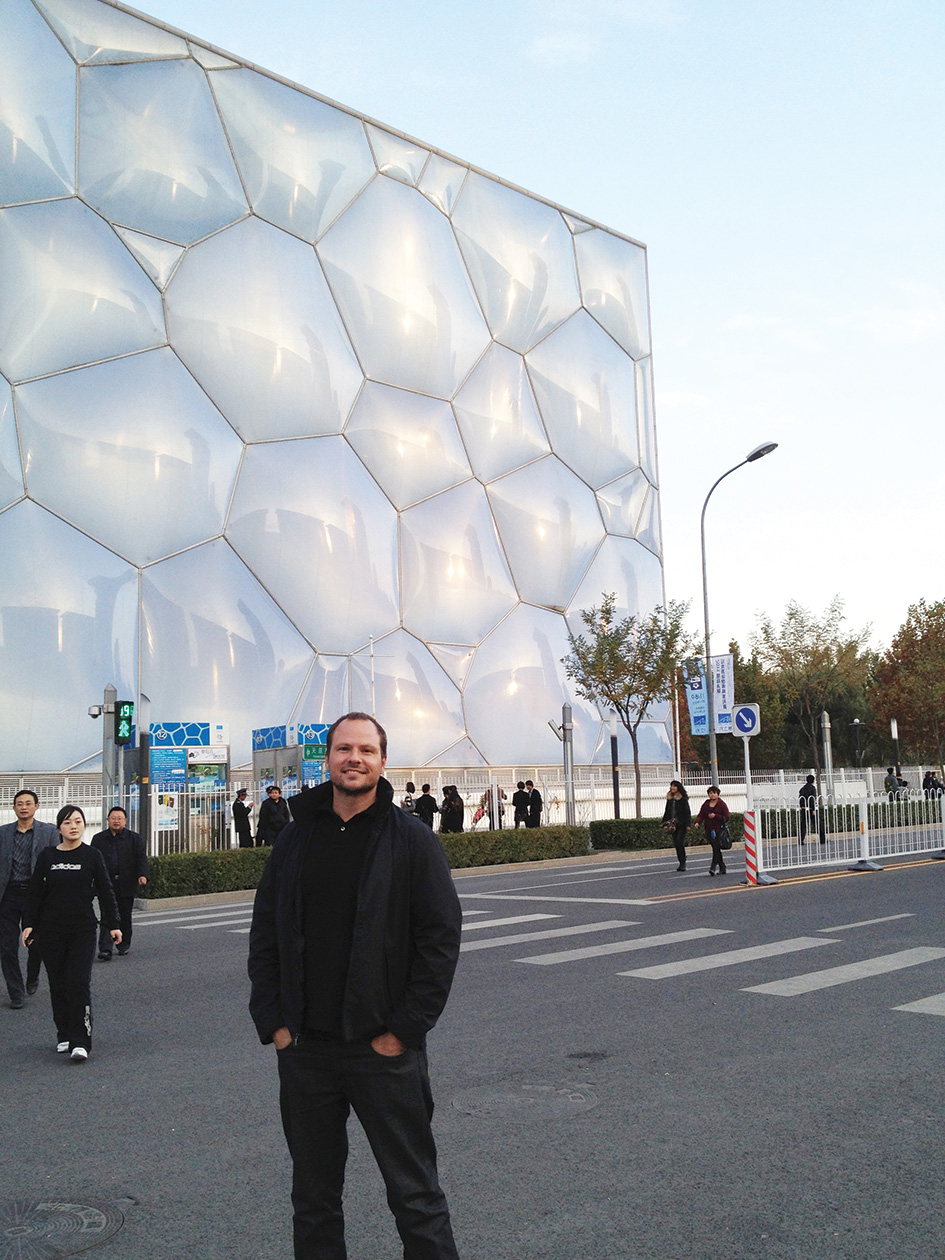
The Beijing Olympic Aquatic Centre, aka the “Water Cube”—perhaps Bosse and PTW’s most well-known project—was conceived in a similar spirit. He explains that the incredible bubbled exterior of the building looks like the effect of shaking a bottle of soap and water and observing the geometric patterns of the bubbles. “We used the principles of soap bubbles and kind of froze it in time,” he says. “It looks like a box of foam; it looks ephemeral. It looks like it can’t exist.” The incredible complexities of the building extend into how it was built. The lightweight curved surfaces are made from a fluorine-based plastic (ETFE) measuring only 0.1mm thick. The same material is also used at Munich’s Allianz Arena, the UK’s Eden Project and the US Bank Stadium in Minneapolis. Bosse’s pioneering work on the Water Cube won him the Atmosphere Award at the 9th Venice Biennale, establishing him as one of the world’s most-sought-after architects.
Though he works at the cutting edge of design and materials, Bosse always brings his work back to basics. “Every decade now there’s this technology acceleration . . . everything you thought you know about the world is completely re-written in terms of technology,” he says. “And therefore this desire for something that is continuous is much greater. Nature is the constant.
“In a biblical sense it’s like since the seventh day, when God made the earth. Since then, nature exists. And technology is what we constantly re-invent. . . . I’m always hoping I can combine these two ideas.”
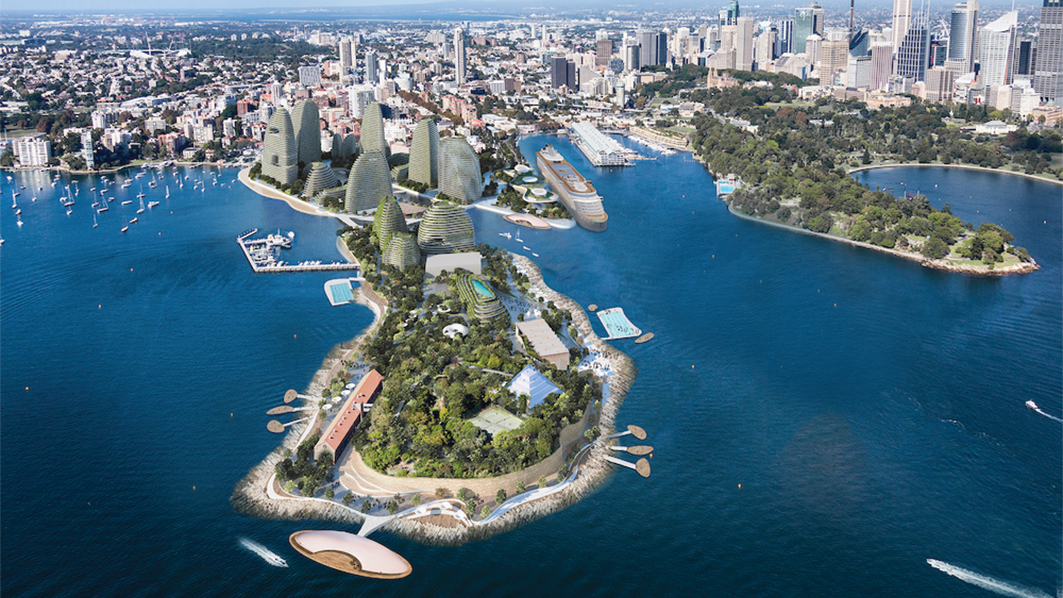
Bosse has been living in Australia for more than 10 years and has found inspiration in the natural habitats surrounding his home city of Sydney. While he lives and works among the concrete jungle of the CBD, he often spends time in Royal National Park south of the city. But he is most fascinated by the various shapes created by Sydney’s famous harbour; the numerous channelling rivers, islands and shapes created by the water capture his imagination.
“The harbour essentially created the city,” he says. “So we are proud of [the buildings] we have created, but who created the harbour in the first place? That’s synergy. You can call it the call of nature or the call of God.”
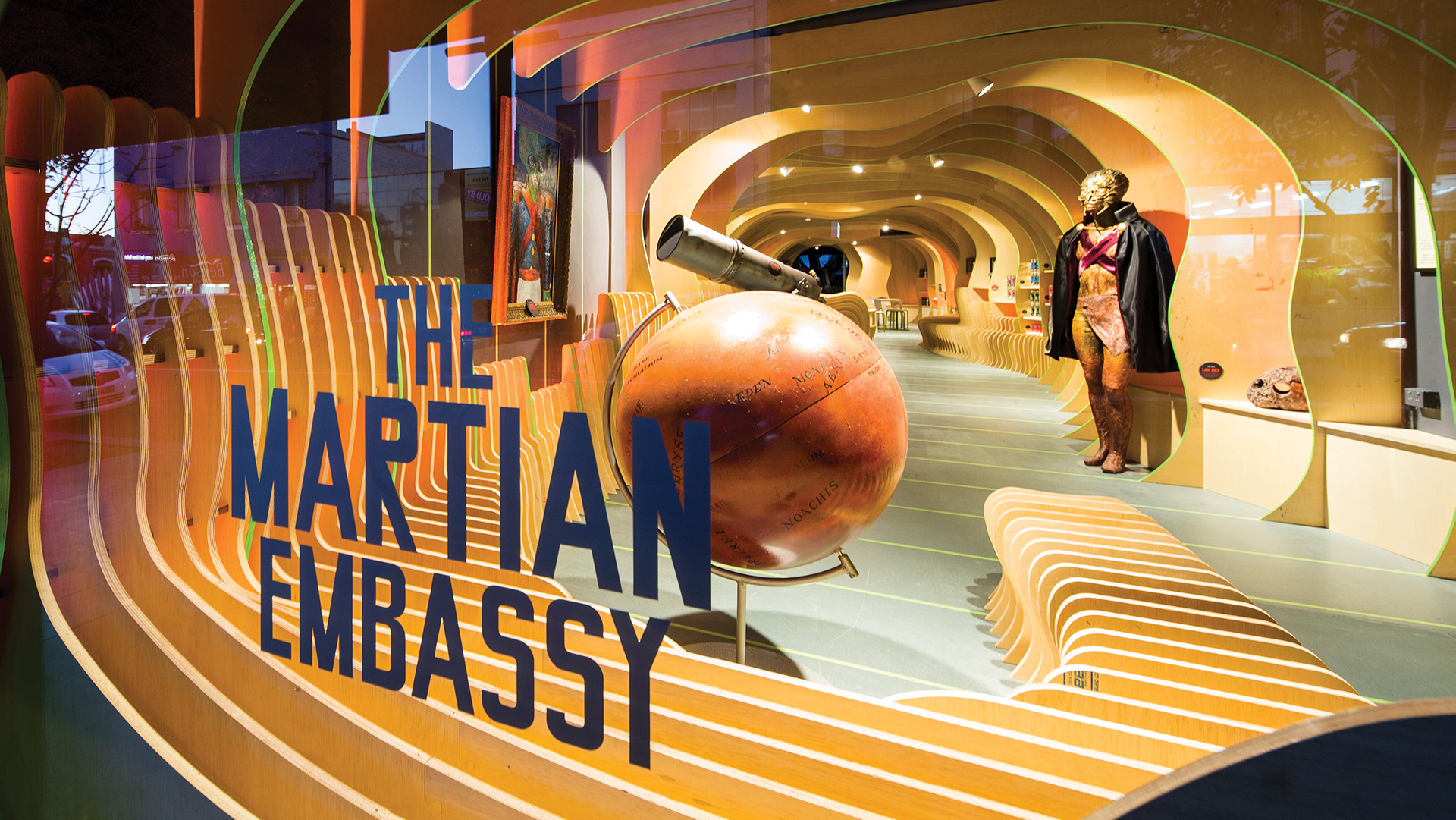
While his resume includes structures of global note, they are not what Bosse considers his greatest achievement. Rather, he highlights two humble non-profit creative writing centres in Sydney that he was asked to design—for free. The interiors for the Sydney Story Factory centres—the Martian Embassy in Redfern and Dream Lab in Parramatta—both bear the imprint of Bosse’s design philosophy: freeform curved walls meander around the space, with the Redfern precinct featuring wooden ribs like the inside of a whale. “The idea of the project is to take young children off the street and teach them creative writing. So instead of them wagging school, you use that energy and creative drive and use it for something positive.”
The zero-budget nature of the project meant Bosse had to pull every last available string to source materials for the project. He likens the interior design to “pouring a bucket of paint through the building” and then following the curves.
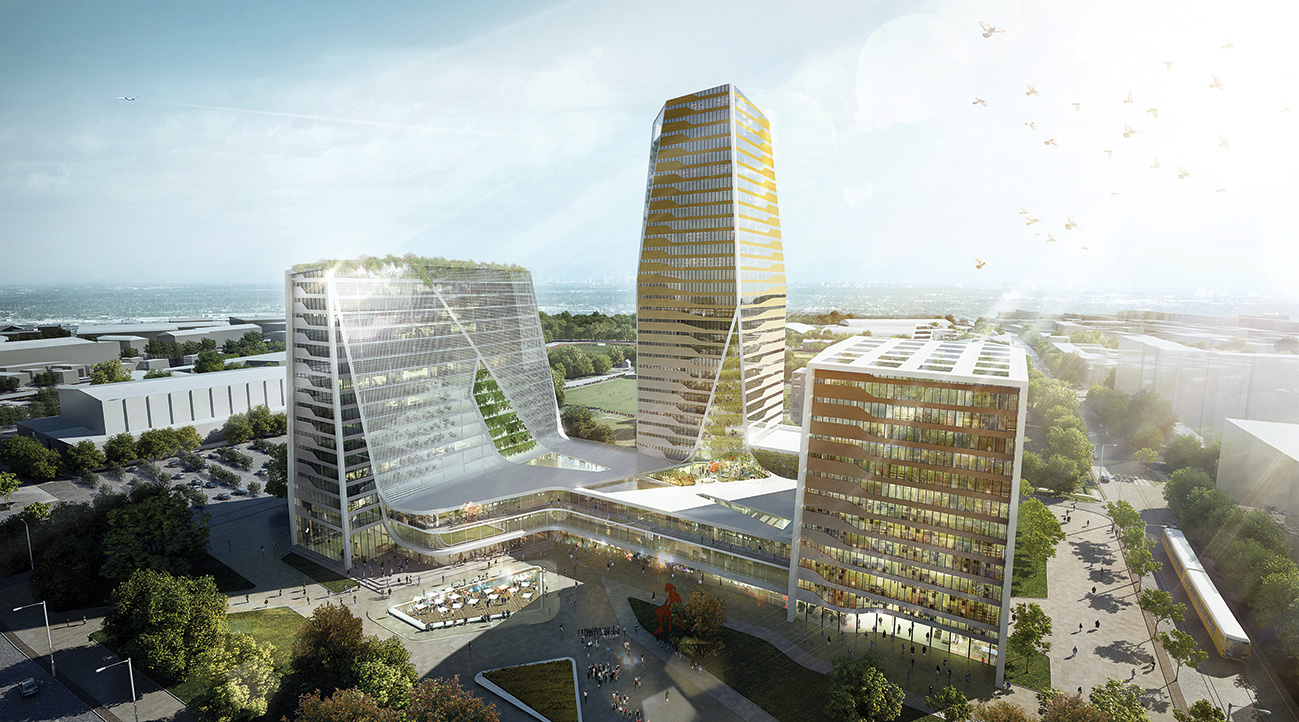
For Bosse, his legacy isn’t about creating comfortable and luxurious spaces for the rich and famous. It’s as much about passing knowledge to the next generation, as is evidenced by his recent role as adjunct professor at the University of Technology Sydney. When asked what he hopes to be remembered for, Bosse’s humility shines through. “If there’s one child who says in 20 years that the moment that they walked into the Martian Embassy it changed the way the child thought about the world . . . that’s the kind of thing that you hope to achieve,” he said.
He compares the feeling back to when he visited the Stuttgart Institute for Lightweight Structures for the first time. “When you go in there as a child, I think that does with you what I hope the feeling that children will have when they come in to the Martian Embassy—where it changes their perception of what space is and environment is.”
Find out more about Chris Bosse and his LAVA architectural practice at <l-a-v-a.net>.
Daniel Kuberek loves photographing cityscapes after dark and is assistant editor for Signs of the Times.


